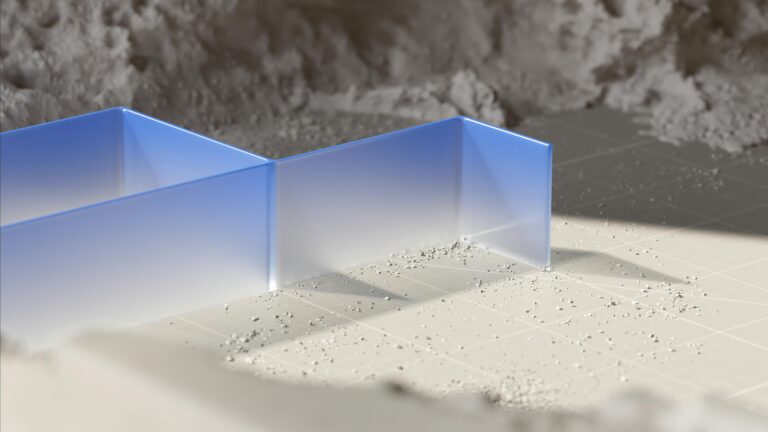Goodbye Plugins, Hello Speed: Mastering Elementor Performance the Right Way
The Plugin Problem: Why Less is Truly More in Elementor
Elementor has revolutionized web design, empowering users to create visually stunning websites without needing extensive coding knowledge. However, the allure of enhancing functionality with countless plugins can quickly turn into a performance nightmare. Each plugin, while adding features, also adds code – code that needs to be loaded, processed, and maintained. The cumulative effect can be a sluggish website that frustrates visitors and hurts your search engine rankings.
Think of it like this: a chef with too many tools. Sure, they might have a gadget for every task, but finding the right one takes time, and maintaining them all is exhausting. A streamlined kitchen, with fewer, higher-quality tools, allows for faster, more efficient cooking. Similarly, a lean Elementor website, free from unnecessary plugins, performs significantly better.
Understanding Your Core Elementor Performance Bottlenecks
Before diving into solutions, it’s crucial to identify the primary culprits behind Elementor performance issues. Here are some common bottlenecks:
Excessive HTTP Requests: Each element, image, and script on your page requires a separate HTTP request. Too many requests significantly slow down loading times.
Large Image Sizes: Unoptimized images are a major drag on performance. High-resolution images, while visually appealing, can be enormous in size, requiring significant bandwidth and loading time.
Bloated CSS and JavaScript: Unnecessary CSS and JavaScript code, often introduced by plugins and poorly coded themes, increases page size and processing time.
Slow Hosting: Your hosting environment plays a critical role. A slow or underpowered server simply won’t be able to handle the demands of your website, regardless of optimization efforts.
Lack of Caching: Caching stores static versions of your pages, allowing them to be served quickly to returning visitors without requiring the server to regenerate them each time.
Theme Conflicts: Incompatible or poorly coded themes can interfere with Elementor’s performance, leading to conflicts and slowdowns.
The CopyElement Advantage: Building Blocks for Speed
This is where CopyElement shines. As the world’s first no-plugin Elementor component library, CopyElement offers a revolutionary approach to building websites. Instead of relying on numerous plugins, you can access a vast collection of pre-designed, professionally crafted Elementor components that are optimized for performance from the ground up.
Here’s how CopyElement helps you achieve blazing-fast Elementor performance:
Reduced Plugin Dependency: By using pre-built components, you significantly reduce your reliance on plugins, eliminating the associated performance overhead.
Optimized Code: CopyElement components are meticulously coded to be lightweight and efficient, minimizing CSS and JavaScript bloat.
Consistent Design: Ensure a consistent visual style across your website without needing multiple plugins to manage different design elements.
Faster Development: Pre-designed components allow you to build pages quickly, saving you time and effort.
Practical Strategies: Optimizing Your Existing Elementor Website
Even if you’re not ready to switch entirely to CopyElement, you can still implement several strategies to improve your existing Elementor website’s performance:
Audit Your Plugins: Deactivate and remove any plugins you’re not actively using. Consider replacing multiple plugins with a single, well-coded alternative, or better yet, use CopyElement components to eliminate plugin needs altogether.
Optimize Images: Compress your images using tools like TinyPNG or ShortPixel. Resize images to the appropriate dimensions for your website. Use WebP image format for superior compression and quality.
Enable Caching: Implement a caching plugin like WP Rocket or LiteSpeed Cache. Configure caching settings to optimize performance without compromising functionality.
Minify CSS and JavaScript: Use a plugin like Autoptimize or WP Rocket to minify and combine your CSS and JavaScript files, reducing their size and the number of HTTP requests.
Choose a Fast Hosting Provider: Invest in a reliable hosting provider with sufficient resources and optimized server configurations. Consider managed WordPress hosting for optimal performance.
Use a Lightweight Theme: Opt for a lightweight and well-coded theme that is optimized for Elementor. Avoid bloated themes with unnecessary features.
Lazy Load Images and Iframes: Implement lazy loading to load images and iframes only when they are visible in the viewport, improving initial page load time.
Use a Content Delivery Network (CDN): A CDN distributes your website’s content across multiple servers worldwide, allowing visitors to access your site from a server closer to their location, reducing latency.
Regularly Update Elementor, Themes, and Plugins: Keep your software up-to-date to benefit from performance improvements and security patches.
Beyond the Basics: Advanced Elementor Performance Tips
For more advanced users, consider these additional performance optimization techniques:
Database Optimization: Regularly clean up your WordPress database by removing unnecessary data and optimizing tables.
Optimize Fonts: Use web-safe fonts or load fonts locally instead of relying on external services. Limit the number of font variations used on your website.
Defer Loading of JavaScript: Defer the loading of non-essential JavaScript files to improve initial page load time.
Implement Browser Caching: Configure browser caching to allow browsers to store static assets locally, reducing the need to download them on subsequent visits.
Monitor Your Website’s Performance: Use tools like Google PageSpeed Insights and GTmetrix to monitor your website’s performance and identify areas for improvement.
The Future of Elementor: A Plugin-Free Paradise with CopyElement
The key takeaway is this: speed matters. By prioritizing performance and minimizing your reliance on plugins, you can create an Elementor website that not only looks great but also delivers an exceptional user experience. CopyElement offers a powerful solution for achieving this goal, providing you with the building blocks to create stunning, high-performing websites without the plugin baggage.
Embrace the future of Elementor – a future where speed and efficiency reign supreme. Explore CopyElement today and experience the difference!







